There is perhaps no more distinctive genre of cooking in Central Europe than Polish cuisine.
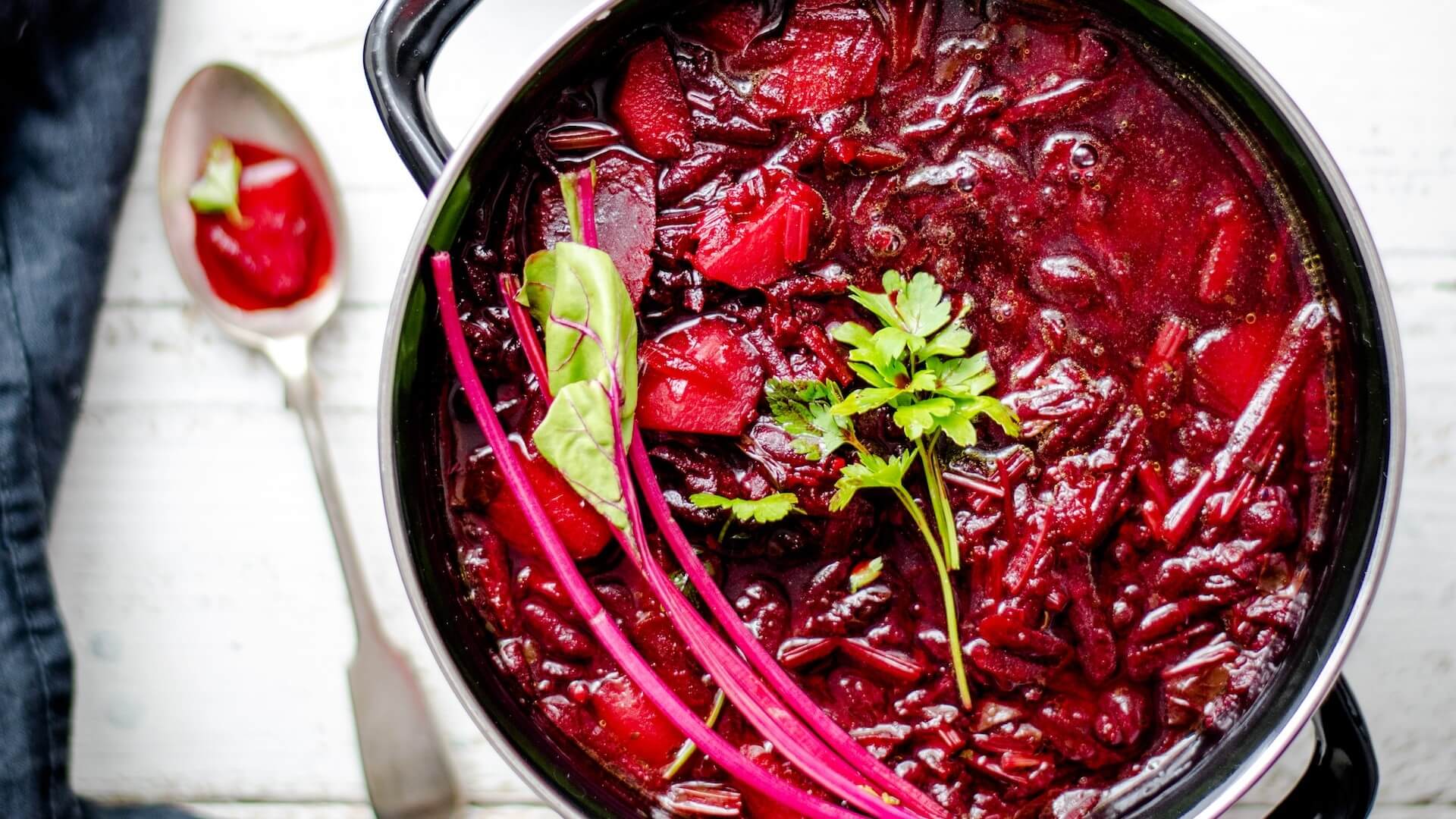
Very early on Polish staples consisted of bread, oats, peas, cabbage and cheap pickled, salt-cured or smoked herring. It was not until the 15th century that Queen Bona Sforza made an important contribution to the innovation of Polish cuisine, bringing with her not only Italian cooks but also the vegetables that are now the main ingredients of Polish soups: root parsley, tuberous celery and leeks.
Due to their unique geographical location and historical background, Poles today still use cereal grains as a representative of their traditional cuisine, and Polish cuisine must include soups, be it beet soup, sauerkraut soup or cucumber soup, which will warm you up when the weather turns cold.
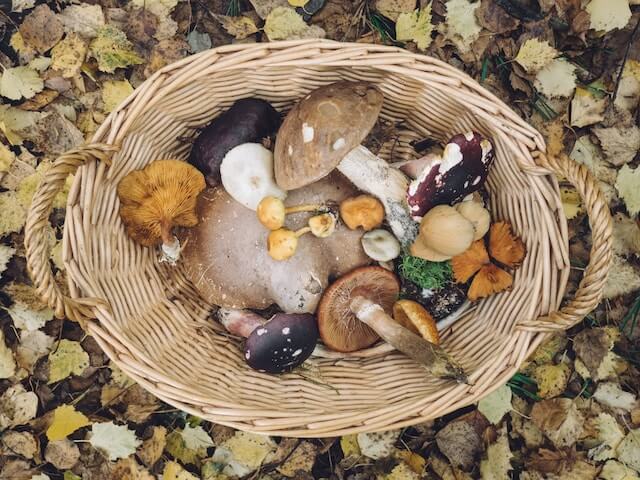
Poland has a flat topography and most of the country is located in the low Polder Plain, which is heavily forested and has the only primitive forest in Europe - Białowieza. As a result, mushrooms and other mushrooms have become an indispensable ingredient on Polish tables, and there are countless ways to cook them. Poles are also interested in a variety of pickled foods, although their taste is relatively light.
If you want to try Polish soups, we recommend sour rye soup, which is made from fermented sour rye, has a slightly sour taste and is nutritious and healthy with rich ingredients such as potatoes, sausages and eggs, but the most interesting thing is the way it is served, usually in a bread bowl.
Europeans love beet soup, you can taste the deep red beetroot in almost all restaurants in Poland, don't just use it in salads like I did, but develop other dishes as well.

At the Polish table, beetroot soup is usually served with cabbage or meat-filled ravioli or croquettes. The croquettes are usually stuffed with meat, cabbage or mushrooms and are wrapped in breadcrumbs and fried to a crispy consistency.
The soup course is followed by the main course, which is usually meat with a side dish. The most popular is the Polish favorite, pork chops, which are cut into pieces, beaten with a hammer to flatten the meat, covered with egg wash and breadcrumbs, and then removed from the pan. Many people choose to eat it with boiled potatoes or salad to relieve the fat.
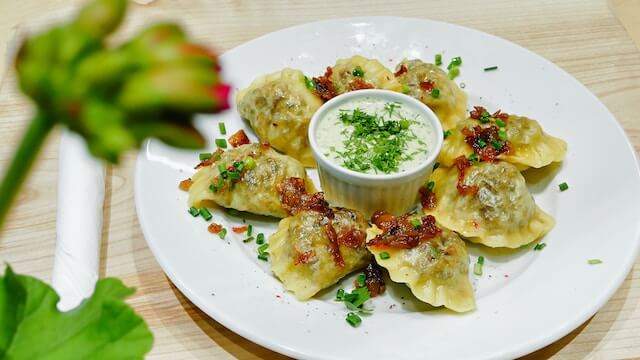
When you are in Poland, you can't help but try Polish dumplings. In fact, the biggest difference is the variety of fillings and dipping dishes. Not only are there savory dumplings filled with sauerkraut, potatoes with cheese and bleu cheese, but there are also sweet dumplings filled with blueberries, strawberries, bananas and other fruits, as well as many meat filled dumplings, the taste of which varies from person to person.
If you want to list the essential food on the table of Central and Eastern Europeans, I believe that sausages must be selected. The most Polish flavors are Krakow sausage, a Krakow specialty seasoned with pepper and garlic, and air-dried sausage, a fine sausage seasoned with coriander seeds.
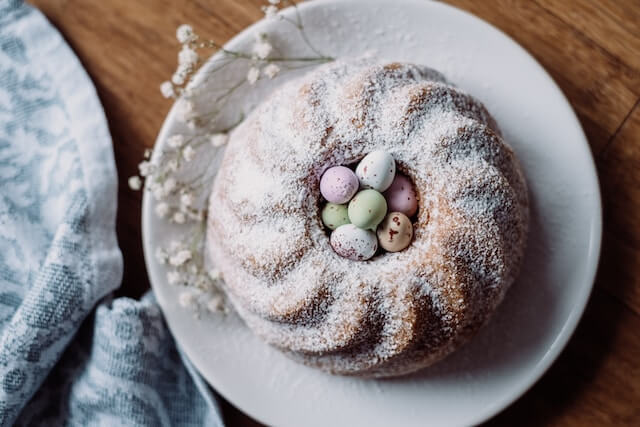
Not to be missed are the Polish desserts. If you don't know what to choose at a restaurant, the Pączki - Polish doughnuts - are the first choice. The crispy fried bread full of fillings is always a surprise and different from the fried doughnuts of other countries. In Poland, pączki are fried until golden brown. Polish pączki are fuller in the oil than German or Portuguese doughnuts. The filling of the classic Polish pączki is made of roses and covered by a sugar coating with orange peel, along with a slight dusting of powdered sugar.
In addition, Poles have their own fast food, Polish pizza Zapiekanka, where they top the bread with mushrooms, onions, ham and bacon, sprinkle the top with thick grated cheese and bake it in the oven until the cheese melts.
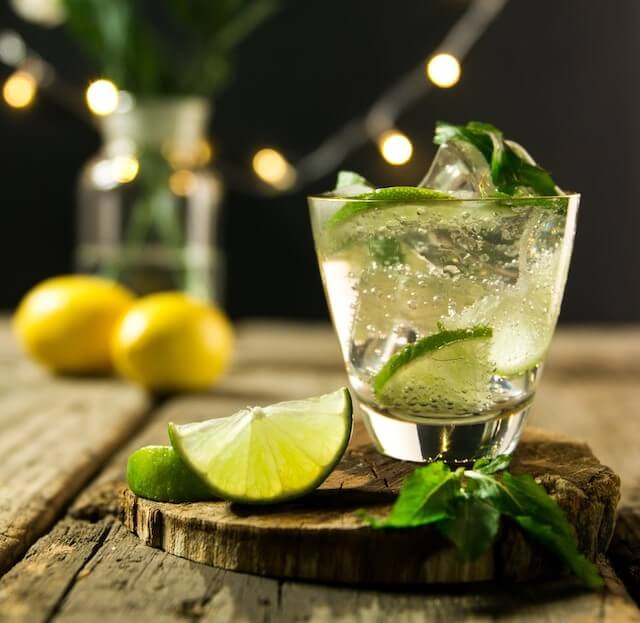
And let's not forget Polish distilled vodka, which is revered around the world as the national drink of Poland, and today, if you want to learn about the history of Polish vodka, then visit the Polish Vodka Museum in the heart of Warsaw's Prague district. In addition to vodka, Poles also have wines that they are proud of, and autumn is perhaps the best season to visit the vineyards.
It's also part of the Polish character to be alcohol-free, and when you're entertaining in Poland, it's best to go on an empty stomach, otherwise it's hard to enjoy a large portion of noodle soup with cabbage, potatoes, cheesecake and schnitzel, or even a bottle of home made distilled spirits.
If you don't drink alcohol, you'll find that sometimes saying "no, thank you" isn't enough in Poland, as the host may test you with traditional Polish hospitality. Regardless, Poles show you their hospitality with their sincerity.

